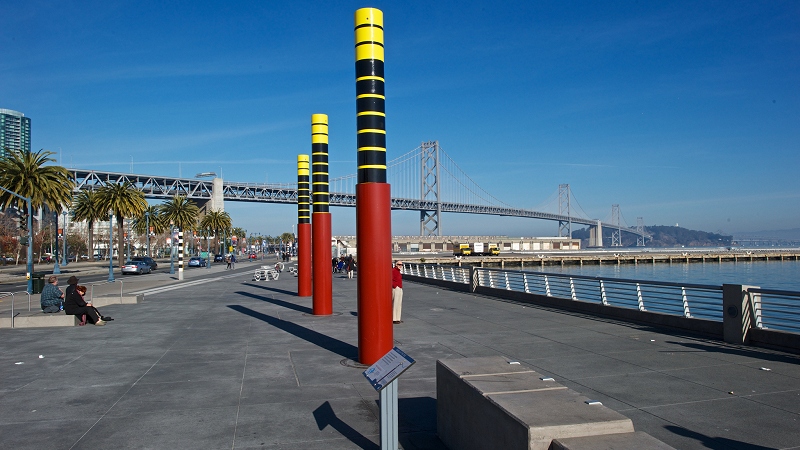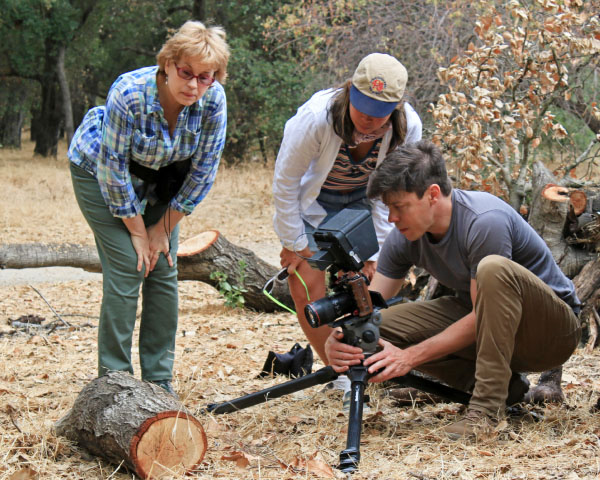
A reassessment of historical data suggests that compared to previous estimates, the world’s sea level rose more slowly during the 20th century—and is rising faster now.
Sea level is one of those things that grows more complex with closer scrunity. Jerry Mitrovica, a researcher at Harvard, tells his audiences to step way back and think of sea level only as the distance between the seafloor and the sea surface. Both of those end points are known to move up or down (relative to the Earth’s center) for reasons that have little to do with the actual amount of water between them. Sea level science is the task of untangling all of those reasons and measuring their precise effects on where the water sits against a particular piece of shoreline.
Here’s a partial list of the things known to affect sea level. The position of the seafloor may change, just like the land, because of erosion or deposition of sediment. The weight of ice caps pushes the Earth’s crust downward while the surrounding crust rises, like an air mattress in a swimming pool when a child climbs aboard it—and the reverse happens when the ice melts. The land near the sea may rise or fall with human-caused changes like groundwater pumping, or as sediments naturally compact. Finally, different parts of the Earth’s crust rise, fall and move sideways with the activities of plate tectonics.
The amount of water in the sea itself may increase or decrease as rivers (and reservoirs) rise and fall, and as ice caps grow and shrink. At the same time, the density of seawater changes with its temperature.
The surface of the sea itself is changeable. Persistent weather patterns and oceanic currents pile up water in some places and pull it down in others. The water surface is extremely sensitive to the gravity of everything around it—the moon and sun create its well-known tides, and the gravity of large ice caps adds a slight gathering force to the seas around them that disappears as the ice melts.
